What are paint finishes
Types of Paint Finishes and Your Guide to Picking the Perfect One
What is Paint Sheen?
Most paints are available in a number of different types of paint finishes. Finish, or paint sheen, refers to the amount of light that reflects off a painted surface once it is dry. So the more sheen a paint finish has, the more light it will reflect when it’s dry. A general rule of thumb in the paint world is, “the higher the sheen, the higher the shine!”
Not only does the finish affect how shiny the paint is when it dries, but it also affects how the final color looks, the surface durability of the paint, and how easy it is to clean.
In this guide, we outline five different types of paint finishes and how to choose the best one for your project.
5 Types of Paint Finishes and Where to Use Them in Your Home
1. High-Gloss Paint Finishes
High gloss paints are the most light-reflecting and shiny of all of the types of paint sheens. This means they are also the most durable and easiest to clean. You will get a lot of miles out of high-gloss paint, but only if the area is prepped correctly beforehand. The ultra shine makes every bump, roll, and flaw extra noticeable.
You wouldn’t typically use this type of paint finish on a large surface area, but rather on high traffic areas like doors, trim, or cabinets.
High-Gloss Paint Finish:
– The most reflective
– Extremely durable
– Easy to clean
– Can make flaws extra noticeable
– Best used on smaller surfaces like doors or cabinets
2. Semi-Gloss Paint Finish
While not as shiny as a high-gloss, semi-gloss paint is still fairly reflective while also being incredibly durable and easy to clean. They are most commonly used in rooms that contain a lot of moisture such as a bathroom or kitchen because they are also incredibly mildew resistant.
Since they will still have a reflective finish, a semi-gloss type paint finish will require a little extra prep work to limit the appearance of imperfections, but the longevity of the paint will be well worth it.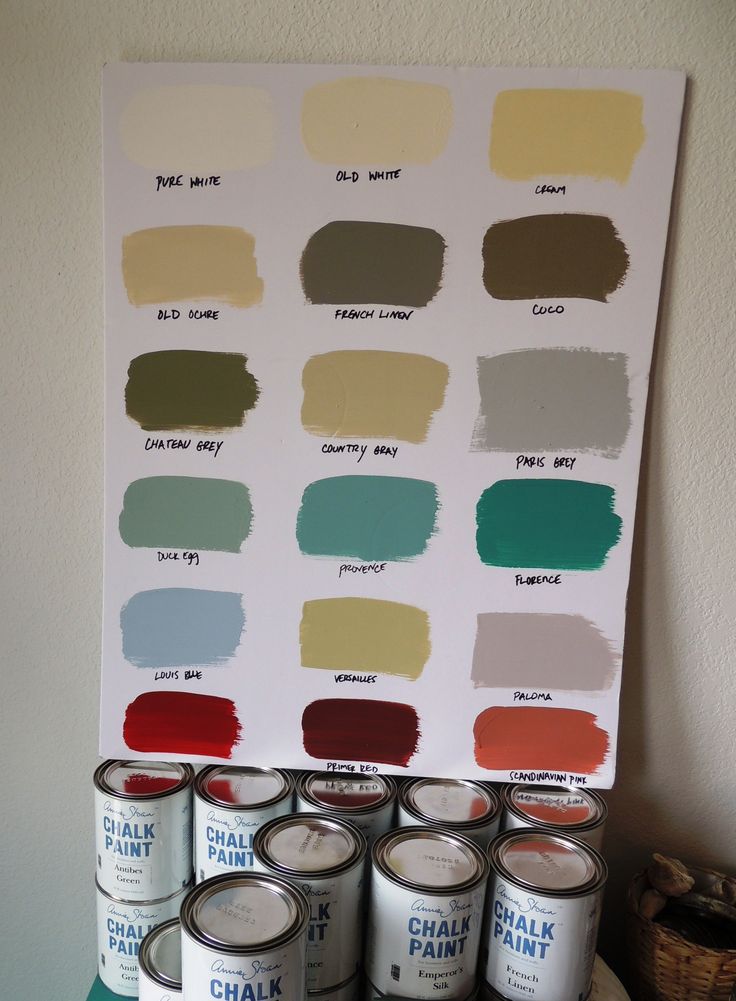
Semigloss Paint Finish:
– Reflective
– Very durable
– Easy to clean
– Mildew Resistant
– Can make flaws extra noticeable
– Perfect for high-moister areas like bathrooms
3. Satin Paint Finish
Satin paint finishes are most commonly used for interior projects due to their soft velvety sheen. They are a bit less durable than a gloss finish, but will still stand up to everyday wear and tear, and routine cleanings.
Your application technique is still very important when using a satin paint finish though because brush strokes can be incredibly noticeable. This also makes repainting and touch-ups a little more tricky, but if applied correctly you won’t have to worry about a thing.
Satin Paint Finish:
– Low Reflective
– Medium durability
– Easy to Clean
– Brush stroked can be more noticeable
– Great for interior walls
4. Eggshell Paint Finish
If the name wasn’t a big enough clue, the sheen of an eggshell paint finish is indeed very similar to a chicken egg. While not incredibly shiny, eggshell finishes still have a little luster to them and a medium durability rating.
While not incredibly shiny, eggshell finishes still have a little luster to them and a medium durability rating.
This type of paint finish will likely conceal most imperfections and is resistant to fingerprints making eggshell paint finishes perfect for higher traffic areas or rooms where lots of people gather like hallways and dining rooms.
Eggshell Paint Finish:
– Low Reflection
– Medium Durability
– Fingerprint resistant
– Great for large, high-traffic areas like hallways
5. Flat / Matte Paint Finish
More often than not, the terms ‘matte’ and ‘flat’are fairly interchangeable when talking about paint finishes. When fully dry, matte paint will have the least amount of shine or reflection, if any at all, and they tend to require fewer coats to hide imperfections on surfaces.
As appealing as this coverage may be, matte paint finishes are not very durable at all, and most cleaning solutions will likely cause damage to them. This makes it a better paint option for low-traffic areas, ceilings, and adult bedrooms.
This makes it a better paint option for low-traffic areas, ceilings, and adult bedrooms.
Flat Paint Finish:
– Low to no reflection
– Low durability
– Can not use cleaning solutions on it
– Requires fewer coats of paint
– Hides imperfections
– Great for low-traffic areas like ceilings
Contact Timmins Painting for Professional Residential Painting Services in Sonoma County
Types of paint finishes not only determine how shiny or reflective your paint is, but also how durable it is and the maintenance and upkeep it will require. The professionals at Timmins Painting have over 25 years of experience providing residential and commercial painting services throughout Sonoma County.
Give us a call at 707-792-0773 or contact us online to request a free estimate for your painting project today.
How to Choose a Paint Finish
Choosing an Interior Paint Finish: Sheen and Gloss 101
Put the finishing statement on your paint color of choice by selecting a sheen that enhances the look of the surface.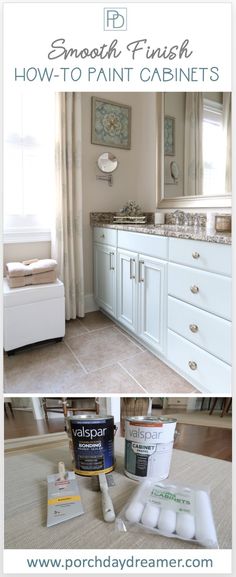 Sheen, or paint finish, is a measure of how much light reflects off a painted surface, resulting in gloss—or a lack thereof. Consider some of the common sheen uses listed below, or break from tradition and get creative with sheen. While some types of paint finishes may work better in certain areas than others, Benjamin Moore’s legacy of innovation ensures that our portfolio of products delivers premium performance across the sheen spectrum.
Sheen, or paint finish, is a measure of how much light reflects off a painted surface, resulting in gloss—or a lack thereof. Consider some of the common sheen uses listed below, or break from tradition and get creative with sheen. While some types of paint finishes may work better in certain areas than others, Benjamin Moore’s legacy of innovation ensures that our portfolio of products delivers premium performance across the sheen spectrum.
Explore the variety of paint finish that Benjamin Moore has to offer.
Sheen and Gloss 101
Sheens and glosses range on a scale from no shine to high shine. Different levels of sheen can affect how colors appear and add dimension to rooms. While there are many different types of sheen, you are most likely to see these seven key interior Benjamin Moore paint finishes during your painting journey:
- Flat
- Matte
- Eggshell
- Pearl
- Satin
- Semi-Gloss
- High Gloss
If you’re stuck on sheen, ask your local Benjamin Moore retailer to recommend the best finish for your project.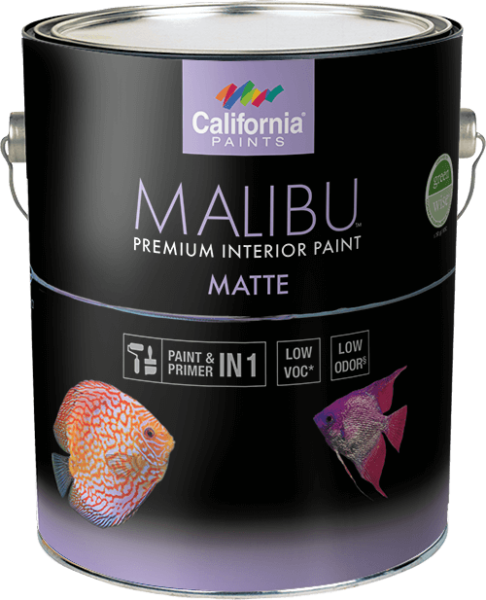
Common Sheen Uses
|
| Flat | Matte/Ulti-Matte | Eggshell | Low Lustre | Pearl/Satin | Semi-Gloss/Soft Gloss | Gloss/High-Gloss |
| INTERIOR | Ceilings, Walls in Low Traffic Spaces | Walls, Living Rooms, Dining Rooms, Bedrooms | High Traffic Walls, Living Rooms, Dining Rooms, Bedrooms | Doors, Trim | High Traffic Walls, Trim, Doors, Cabinets | Trim, Doors, Cabinets, Wainscotting | Trim, Doors, Cabinets, Architectural Details |
| EXTERIOR |
|
|
| Siding, Trim | Siding, Trim, Shutters, Doors | Trim, Shutters, Doors, Architectural Details | Doors, Architectural Details |
| INTERIOR |
|
| Flat | Ceilings, Walls in Low Traffic Spaces |
| Matte/Ulti-Matte | Walls, Living Rooms, Dining Rooms, Bedrooms |
| Eggshell | High Traffic Walls, Living Rooms, Dining Rooms, Bedrooms |
| Low Lustre | Doors, Trim |
| Pearl/Satin | High Traffic Walls, Trim, Doors, Cabinets |
| Semi-Gloss/Soft Gloss | Trim, Doors, Cabinets, Wainscotting |
| Gloss/High-Gloss | Trim, Doors, Cabinets, Architectural Details |
| EXTERIOR |
|
| Flat |
|
| Matte/Ulti-Matte |
|
| Eggshell |
|
| Low Lustre | Siding, Trim |
| Pearl/Satin | Siding, Trim, Shutters, Doors |
| Semi-Gloss/Soft Gloss | Trim, Shutters, Doors, Architectural Details |
| Gloss/High-Gloss | Doors, Architectural Details |
FROM MORE FORGIVING OF IMPERFECTIONS TO MORE DURABLE
Flat Paint
Flat paint is a term for a finish that does not reflect light, resulting in no sheen at all.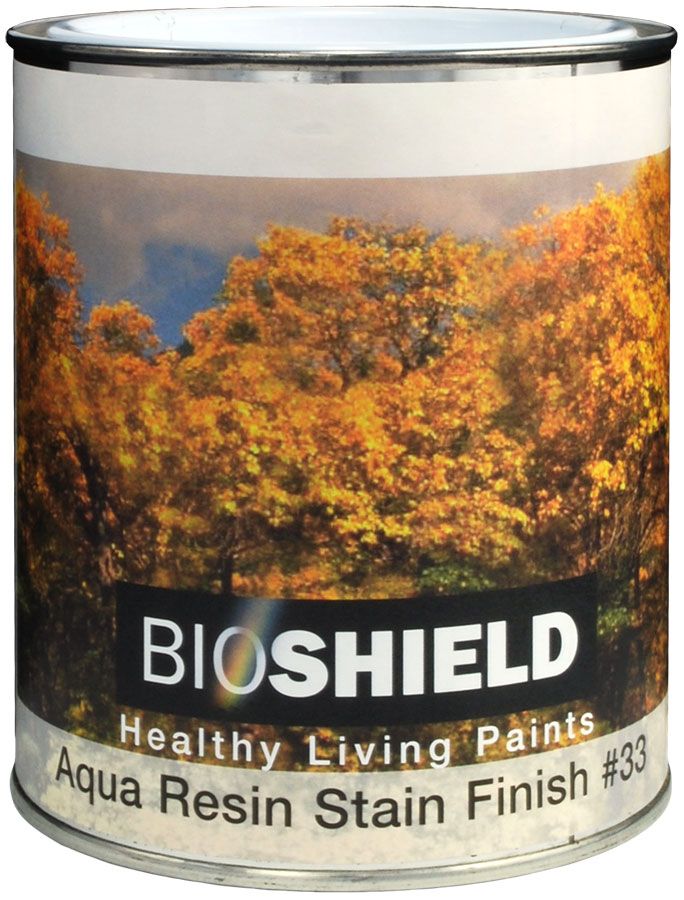 This lack of reflection allows more paint pigment to come through, is more forgiving of flaws and allows for excellent hide, creating a uniform surface. Waterborne Ceiling Paint (508) is the flattest paint Benjamin Moore offers; with its ability to mask imperfections, it offers a flawless finish and is an ideal choice for ceilings and very low-traffic areas.
This lack of reflection allows more paint pigment to come through, is more forgiving of flaws and allows for excellent hide, creating a uniform surface. Waterborne Ceiling Paint (508) is the flattest paint Benjamin Moore offers; with its ability to mask imperfections, it offers a flawless finish and is an ideal choice for ceilings and very low-traffic areas.
Similar sheens you may see in our portfolio are ultra flat or ulti-matte. These are close to flat in that there is very little sheen, but you may find slight differences between the three. Your local Benjamin Moore retailer can help you determine the sheen you need.
Use caution when considering flat paint in high-traffic areas that require frequent attention. Stains are harder to remove from low-sheen paint, and constant rubbing or cleaning can result in burnishing.
Matte Paint
Matte finish is nearly as shine-free as flat, again providing excellent hide and depth of color, with slightly more durability. Regal® Select Interior Matte (548) is a professional painter favorite for its ease of application and smooth feel after drying. Matte finish paint also withstands frequent washing, even when applied in busier areas like hallways and family rooms.
Regal® Select Interior Matte (548) is a professional painter favorite for its ease of application and smooth feel after drying. Matte finish paint also withstands frequent washing, even when applied in busier areas like hallways and family rooms.
A matte look lends a luxurious touch to many interior spaces, including bedrooms and dining rooms. Bathrooms and areas that are exposed to more moisture can be painted in a matte finish using AURA® Bath & Spa (532), which was designed to achieve exceptional durability, color retention and mildew resistance in high-humidity environments.
Eggshell Paint
Eggshell finish, perennially popular with professional and DIY painters alike, has a low-sheen reminiscent of flat or matte, but it is infinitely more durable than its namesake.
Widely available in a variety of Benjamin Moore interior paints, eggshell (and its comparable—but not exact—sheen sibling, low lustre) provides an easy-to-clean, nearly shine-free finish, suited for most areas of a home, including family rooms and hallways.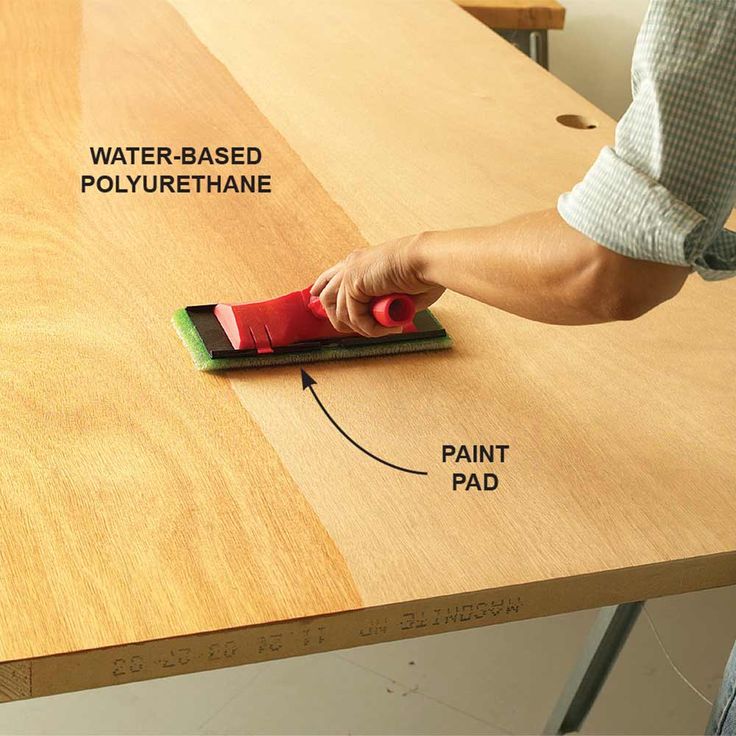 While it reflects more light than flat or matte finishes, its soft glow casts colors beautifully, especially in Aura® Interior Eggshell (N524), our most premium paint, a great choice for your most-loved spaces.
While it reflects more light than flat or matte finishes, its soft glow casts colors beautifully, especially in Aura® Interior Eggshell (N524), our most premium paint, a great choice for your most-loved spaces.
Pearl Paint
A pearl finish is a medium gloss that maintains high durability. Both beautiful and easy to clean, a pearl finish lends dimension to trim while being optimal for walls in high-traffic areas. Regal® Select Interior Pearl (550) has a finish that can be used everywhere from wainscoting to doors, and offers mildew resistance for high-humidity areas.
When choosing this finish, make sure you follow manufacturer’s application tips and paint carefully, as paint with a pearl sheen is more susceptible to showing lap marks and other painting flaws.
Satin Paint
Often confused with other finishes, the difference between eggshell and satin paint is that satin delivers a higher gloss, while offering better stain resistance and durability than lower sheens, including eggshell.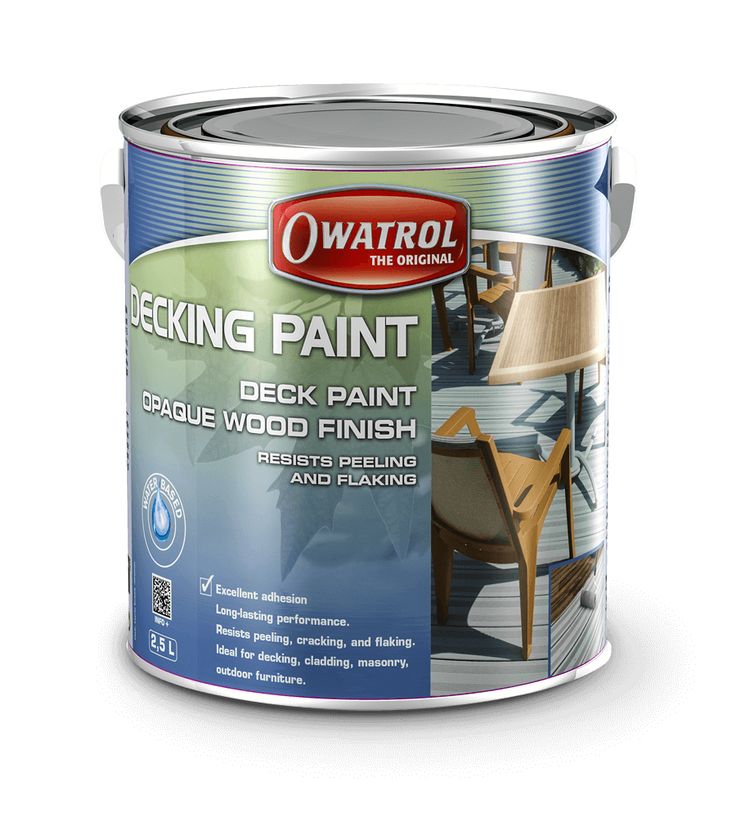
Satin paint is ideal for areas that crave definition. Use its distinctive lustre to highlight windows, shutters, trim and even interior doors. For front doors, where architectural details like beveling and paneling are customary, consider AURA Exterior paint in satin or soft gloss for a rich, lustrous look.
Also in this category is soft gloss paint, which, while not an exact match for satin paint, offers a similar higher-gloss, better-durability finish.
Semi-Gloss Paint
The luminous look of a semi-gloss paint is perfectly suited to highlight the architectural details of your home and create dimension on millwork, trim, and doors. Semi-gloss is available in most Benjamin Moore interior paints, but we especially love the look of ADVANCE® Interior Semi-Gloss (793); it cures to a smooth, furniture-like finish, and its glossy look makes it one of the best paint finishes for kitchen cabinets.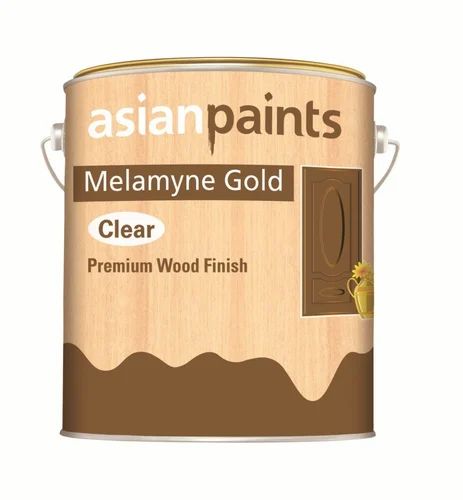
High Gloss Paint
Offering a mirror-like finish, high gloss sits on top of the sheen chart. This finish, offered in some paints such as ADVANCE® High Gloss (794), is extremely durable and offers elegant shine. It is easy to clean, stain-resistant and will add a stunning look to doors, trim, and even a high-traffic kitchen.
Many interior designers (and adventurous homeowners) like to experiment with high gloss paint in unexpected areas, such as the ceiling or an accent wall. Keep in mind, however, that high gloss paints require careful application and preparation best left to a professional painter. If you’re committed to a DIY-approach, practice your technique and prime any surfaces to ensure they are even and clean prior to paint application. Since a gloss finish reflects light and can accentuate blemishes, avoid using it on areas that are not completely smooth.
Have More Questions?
Visit your local Benjamin Moore store or contact Customer Support.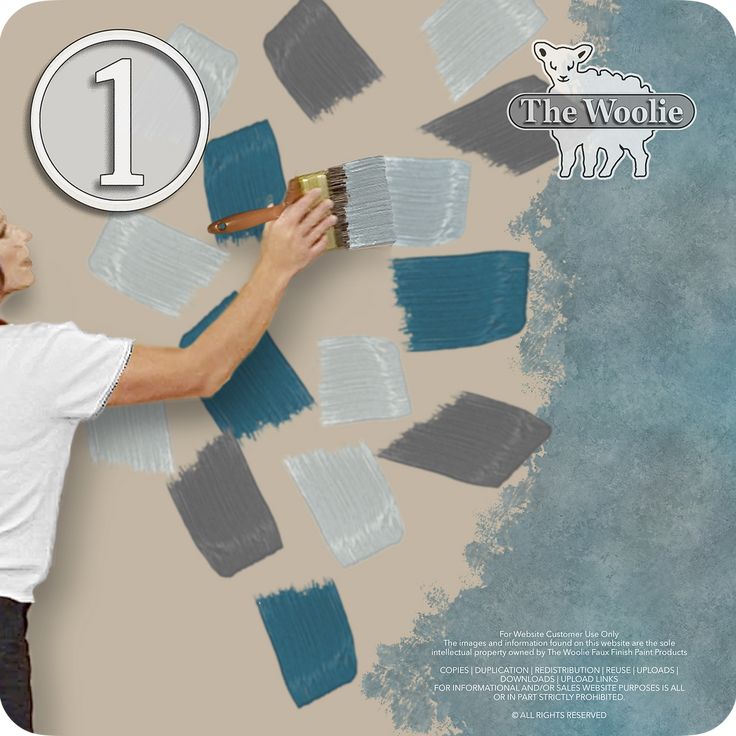
How to Choose Interior Paint Color
Learn from the experts on how to select colors you'll love.
Get Started
Step-by-Step Guides
Explore how to get your next DIY project done–and done right.
Get Started
Search by Address, City, State, Zip, Country
What you need to know about car paint
Car paint, simply referred to as paint by many car owners, takes on several tasks. It protects the interior of the car, perfects the appearance and even provides passive safety. However, continuous contact with the external environment and mechanical influences affect the condition of the coating. If in the case of a country car it is still more or less clear - small chips, scratches and lapping cannot be avoided - then urban passenger transport simply has to look its best if the owner monitors the condition of his "iron horse".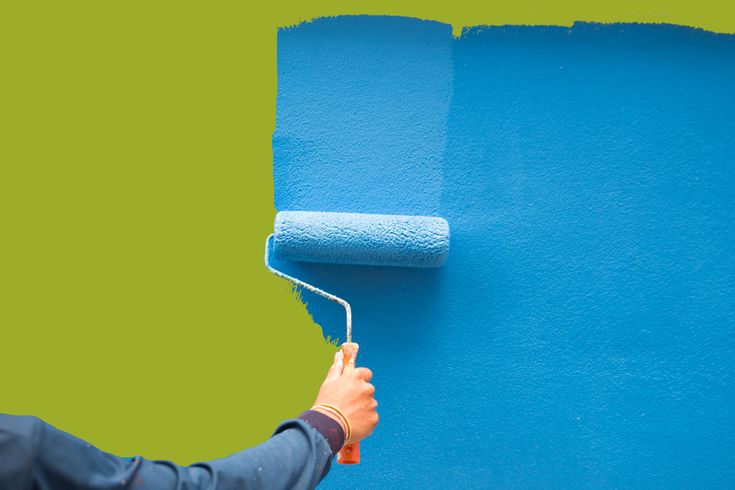
Let's figure out what features the paintwork has and what constitutes its repair.
Details of the bodywork and materials used
Body parts include: roof, hood, underbody, panels, bumpers, fenders, trunk lid, sills and doors. The most common material for body parts is heavy duty hot formed steel. There are several reasons to use it: ease of processing, strength, light weight. In terms of weight, even better aluminum , but a little more difficult to work with. In addition, parts made of lightweight and soft aluminum have to be made thicker parts. Carbon is also an excellent material, but it is not very common. As a rule, spoilers, rear wings and, in some cases, bumpers, hoods for tuning are made of carbon fiber.
Steel requires high-quality anti-corrosion protection, the manufacture of parts is impossible without stamping. As a result, body parts are durable and inexpensive, but they have weaknesses. In the future, we should expect the use of TWIP steel.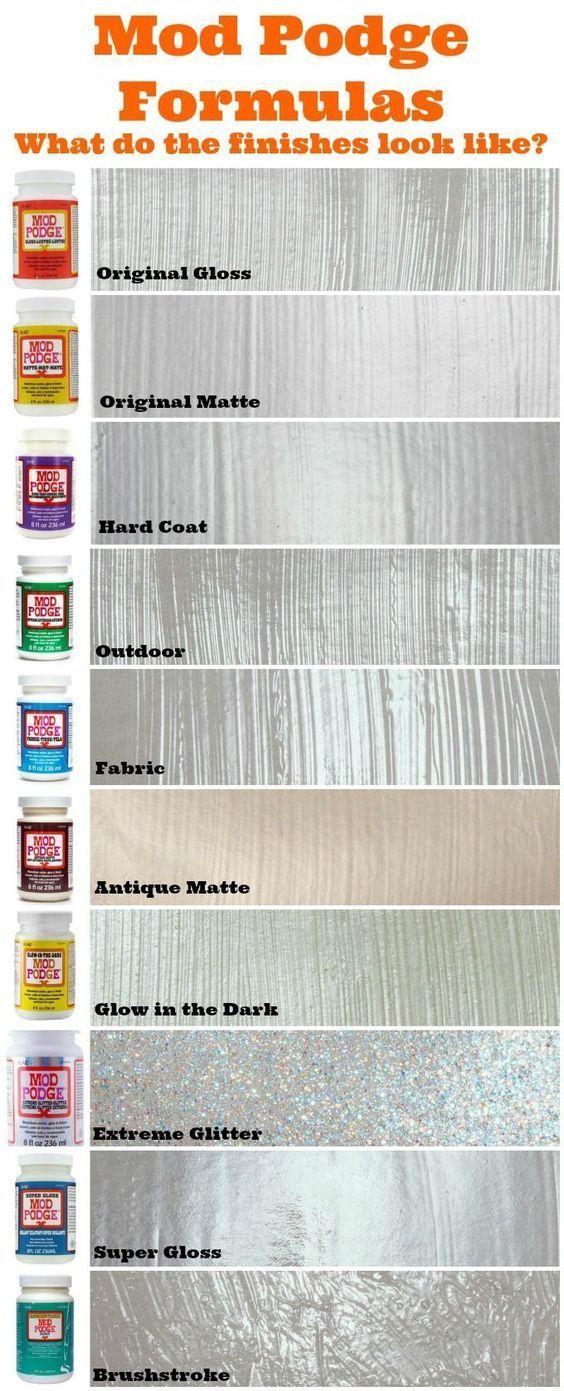 This alloy contains up to 20% manganese, due to which it has a plastic deformation mechanism. But since this is only the future, we will talk about more relevant solutions.
This alloy contains up to 20% manganese, due to which it has a plastic deformation mechanism. But since this is only the future, we will talk about more relevant solutions.
Types of paint coatings
The question is reasonable: why not just apply a layer of paint on the metal? After all, both steel and aluminum are afraid of water and chemistry. Let's explain: the paintwork includes a protective anti-corrosion layer, primer, paint and varnish. Only such a multi-layer "pie" can guarantee decent protection against corrosion. If ordinary paint begins to peel off, and this will happen very early, corrosion centers will appear en masse. Our “pie” can remain intact for a very long time.
The logic of paint coatings is that each layer adheres tightly to the other and protects it from those influences for which it is not adapted. For example, even paint is applied in several layers of so that its surface is smooth. Varnish adds depth to the color, and at the same time prolongs the life of the paint.
Today, the following groups of car paints are distinguished:
- Nitro enamels . That manufacturers, that car owners refused such paints. First, they require filigree work with the surface on which the paint will be applied. Secondly, whitish spots appeared on the painted car over time - acetone began to leave the paint composition. In addition, the composition is extremely toxic;
- Alkyd . A modern solution, occupying its niche in the market. Represented by inexpensive paints with low anti-corrosion protection. It’s just that such paints are not applied to the body, only with a preliminary application of a primer;
- Acrylic . The best paints that retain color depth for a long time, resistance to mechanical stress and chemistry. They consist of the paint itself and a special hardener.
Today, automakers are switching to acrylic paints in large numbers. This is dictated not only by their durability, but also by environmental friendliness. Alkyd coatings will remain relevant as long as they are ready to put up with their "whims" regarding the primer and anti-corrosion protection.
Alkyd coatings will remain relevant as long as they are ready to put up with their "whims" regarding the primer and anti-corrosion protection.
More about the causes of metal corrosion
As you can see, the appearance of rust precedes damage to the paintwork. Separate surface corrosion, which is not so difficult to get rid of, and through corrosion, due to which the part gradually degrades. Strength, elasticity are lost, a decent appearance of the car is lost. If you monitor the quality of the coating, you can avoid problems with rust. And it happens in the following types:
- Chemical . In fact, the main view from which derivatives come. Rust forms even on perfectly smooth metal if alkalis, water and acids get on its surface. Rusting in a chemically aggressive environment can be aggravated by several factors, which will be discussed;
- Mechanochemical . In addition to chemistry, the quality of the metal is also affected by small particles that leave mechanical damage.
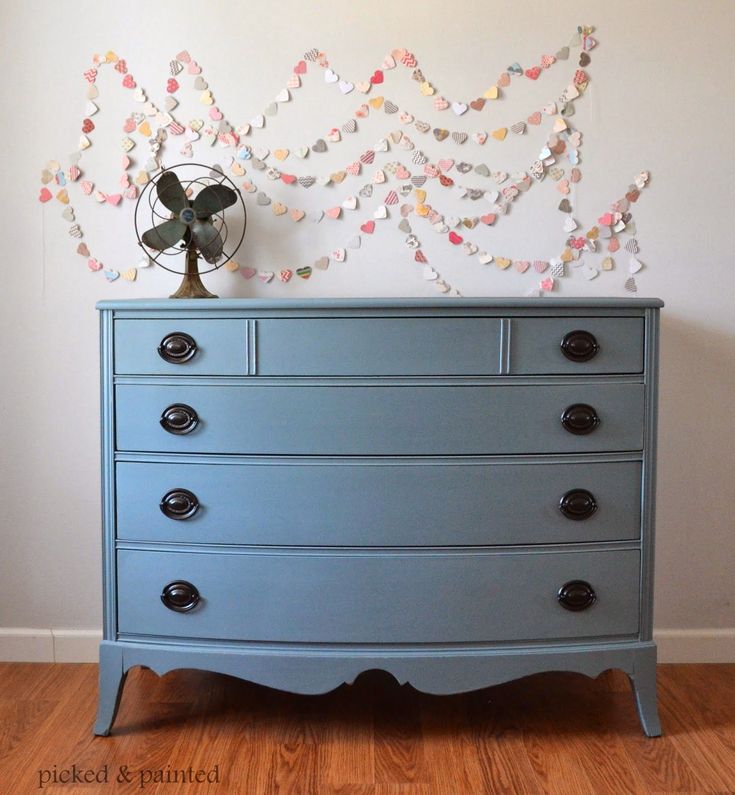 So, for example, due to the formation of scratches, it can go deep into the part;
So, for example, due to the formation of scratches, it can go deep into the part; - Electrochemical . In addition to chemistry, a mixture of water with electrolytes affects the metal. Such a mixture has the ability to conduct current.
In addition to applying paint, the bodywork is protected from corrosion in several other ways. One of the first is galvanization. The second way is to move from steel to aluminum. But the third method is to seal and treat with anti-corrosion preparations those elements of the body in which water and its mixtures with salts can accumulate. Thresholds are especially carefully sealed.
What are the defects of the paintwork
Specialists distinguish coating defects by the reasons for their occurrence:
- Pollution . As you probably know, the staining process requires sterile cleanliness. If dust, dirt, water drops get under the paint layer, the coating will no longer be of high quality.
 For example, small pits on a flat surface indicate that silicone or fat has entered the staining surface or into the paint itself. Dust makes the coating grainy;
For example, small pits on a flat surface indicate that silicone or fat has entered the staining surface or into the paint itself. Dust makes the coating grainy; - Poorly prepared painting surface. As a result, peeling, the presence of stripes under the paint, long cracks (also called hairline), the visibility of the boundaries of the repair. There can be many reasons: poor grinding, violation of the drying regime, poor-quality surface cleaning, thin / thick layer of putty;
- Incorrect Paint prepared and stained. One of the most noticeable and frequent defects is shagreen, which looks like an orange peel. The reason for the appearance of paint lies in the wrong thinner and the setting of the spray gun. Other defects include streaks, rough surfaces, streaks, flaking, haze, holograms, and color mismatches.
Almost all of the above can be corrected. Shagreen and bubbles are easily sanded, after which another coat of paint is applied.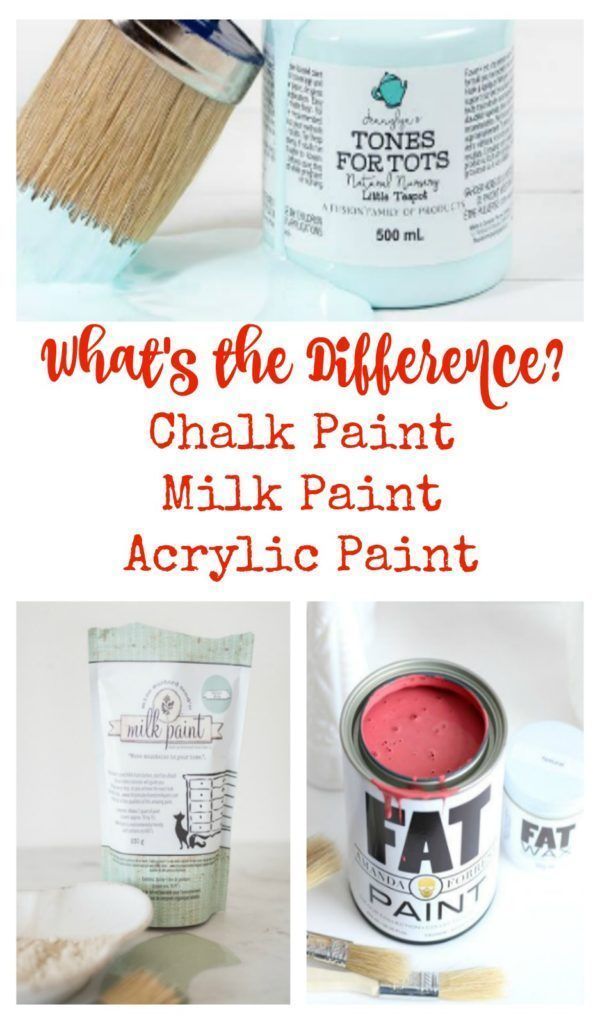 Long cracks require an integrated approach: the paintwork is removed down to the metal, after which it is applied again.
Long cracks require an integrated approach: the paintwork is removed down to the metal, after which it is applied again.
What spoils the paint
The main enemy of paints is road abrasive. Dust is not such a terrible enemy. What can not be said about gravel and small stones from the roads. Ideally, the coating should be resistant to mechanical damage. Of course, modern paints are very good, but they do not have complete protection from external threats. So our main enemy: solid particles that can erase or scratch the paint. By the way, you can meet them not only on the road. Improper washing can also ruin the coating.
We must not forget about other threats:
- Birds . Particularly affected cars in coastal cities. Small dents remain on the paint, which can be eliminated only for local repairs;
- Water . Oddly enough, even clean water after drying can leave small cracks. Needless to say, what can become the basis of chemically aggressive "cocktails".
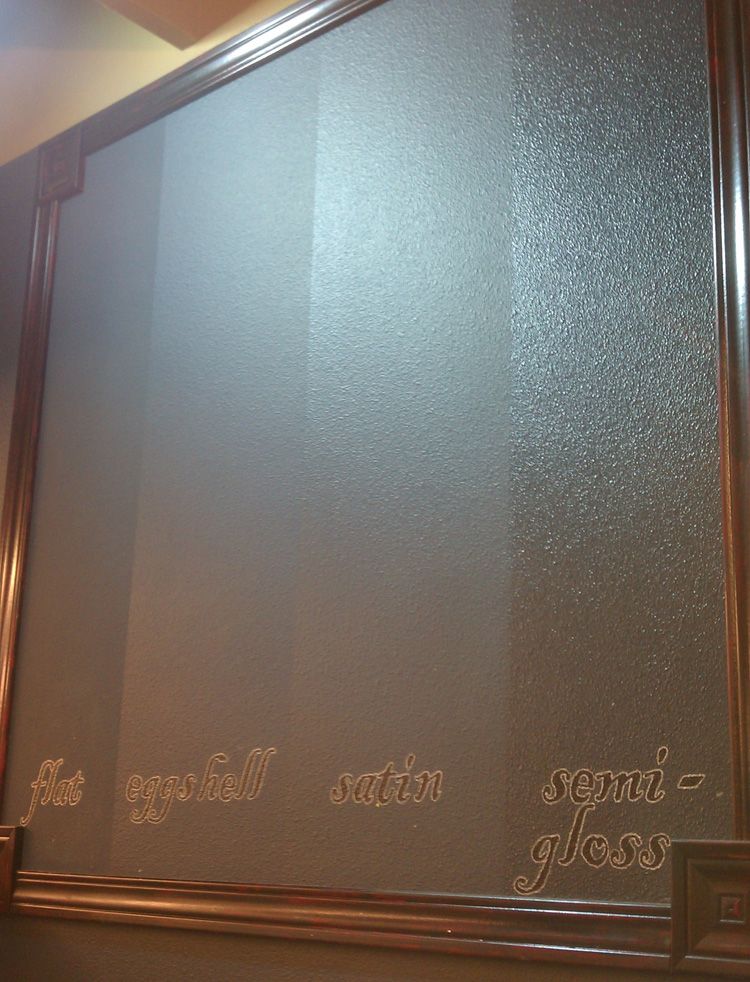 After a light rain, it is worth brushing off the liquid from the body;
After a light rain, it is worth brushing off the liquid from the body; - Insects . The fact that flying insects can move towards the car and collide with it in fact does not frighten the paint. Something else is dangerous: many insects secrete acids that are dangerous for car coatings;
- Resins . The heated and softened resin from the buds and buds can deeply eat into the paint. After removing the resin, small furrows and a "web" of cracks remain. We strongly advise against parking your car near poplars;
- Recklessness on the road . Classics of the genre: wrong parking, collision with other cars, etc. You should also not put any things on the roof, hood and trunk lid;
- Automotive fluids . That oil, that antifreeze and gasoline are weak solvents. Protect your vehicle from contact with these liquids;
- Dent repair . After straightening, small scratches often remain;
- Wrong wash .
 Never clean painted surfaces with unsuitable brushes, sponges or cloths. Specialized cleaning tools are always soft and wetted with clean water;
Never clean painted surfaces with unsuitable brushes, sponges or cloths. Specialized cleaning tools are always soft and wetted with clean water;
Coating Protection Methods
There are several ways to preserve paintwork and even improve the look of your vehicle. We will move from the simplest and cheapest to the more expensive and complex.
Wax . One of the oldest and most famous ways to preserve the paintwork of a car. Wax makes the surface glossy and hides small scratches. In addition, the surface treated by him is not so afraid of water, insects and resins. It is advisable to apply wax immediately after washing. You can do it yourself as well.
Vinyl film . This is not only a protective measure, but also one of the ways to create a spectacular design without the use of airbrushing. Plus, vinyl is relatively cheap. The main drawback of the film lies in the fact that it provides almost no protection against mechanical stress.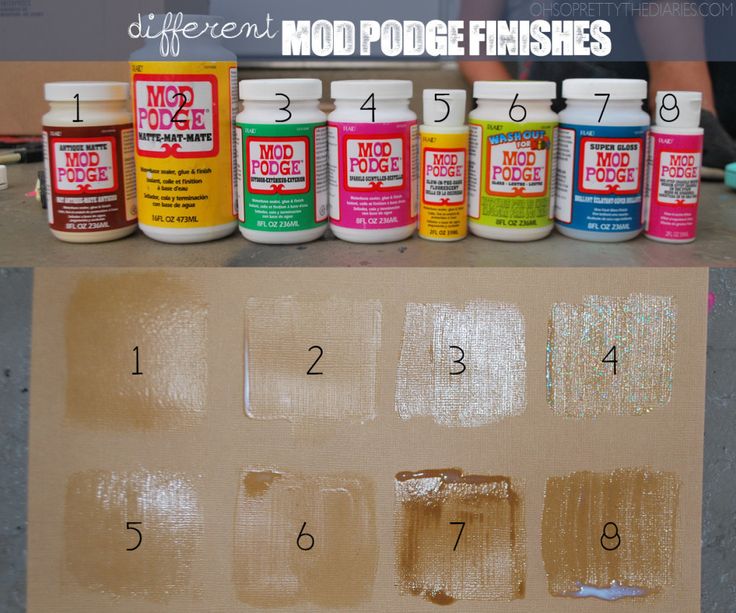 He is not afraid unless fine sand and dust. However, vinyl film can act as a barrier against auto chemicals, water, resins and insects. The main argument against vinyl: it can be removed along with the paint, as it sits on a thin layer of glue.
He is not afraid unless fine sand and dust. However, vinyl film can act as a barrier against auto chemicals, water, resins and insects. The main argument against vinyl: it can be removed along with the paint, as it sits on a thin layer of glue.
Polyurethane film . Sometimes it is called armor. And indeed: even a thin layer of polyurethane between the body and the external environment will protect the car even from small stones. As practice shows, on a car with such a film, with careless parking, not a single trace may remain. Glass and mirrors can also be protected with such a film. If you follow its cleanliness, it will not betray itself in any way - the layer is so thin that it hardly visually makes the paint even half a tone darker.
Liquid rubber a. An excellent choice for lovers of extravagant design. Let's not be fabulous, see for yourself how the car has changed:
The rubber is soft and supple to the touch, but in practice it guarantees cushioning even for small stones.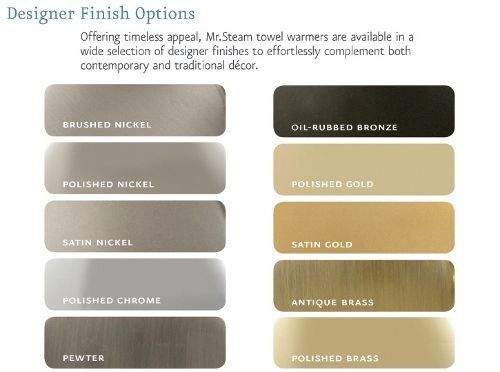 In addition, it is easy to remove even without the use of special tools. Liquid rubber is a favorite coating of dishonest car dealers. They cover up imperfections in the coating, rust and small chips.
In addition, it is easy to remove even without the use of special tools. Liquid rubber is a favorite coating of dishonest car dealers. They cover up imperfections in the coating, rust and small chips.
Liquid glass . This is a synthetic material that provides the highest protection of the paintwork. Transparent, after polishing begins to shine. It is somewhat difficult to apply it: the surface must first be cleaned, degreased and polished, and then a liquid glass solution is applied in one layer. A nice bonus: the liquid glass coating is hydrophobic, that is, water does not collect on it. Lasts an average of six months.
Ceramic . Also called nanoceramics. The most modern solution. With such a coating, the car is well protected from external influences, collects less dirt and dust. Ceramics can last up to 3 years almost no matter how often you visit the car wash. It is applied in 3-10 layers.
One of the most basic ways to protect paint is to apply wax.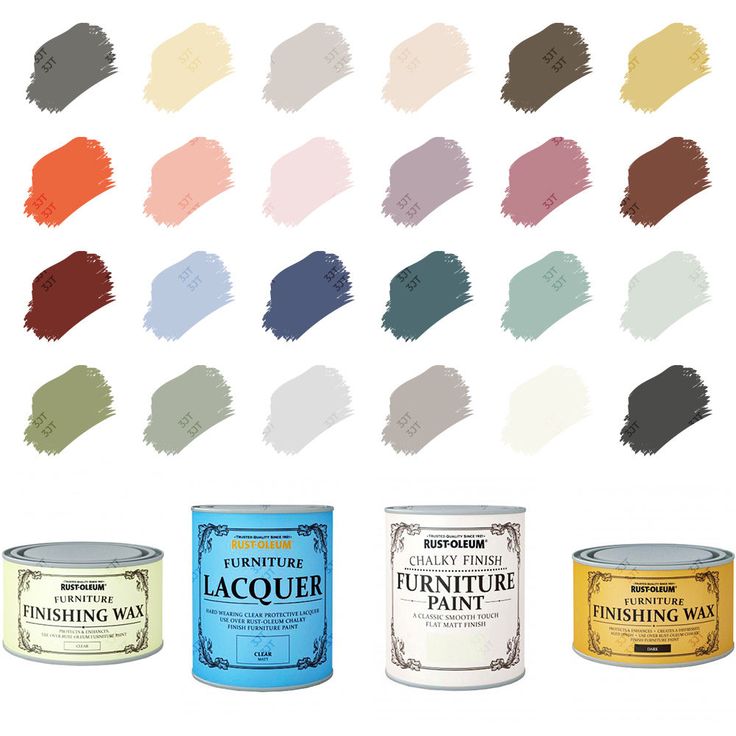 It's cheap, it's fast. If you're not into design or are on a tight budget, it's still a good idea to periodically wax your car body. In general, this way you will only save money, since wax is an inexpensive consumable, and restoration of paintwork can cost a pretty penny. Ceramics, liquid glass, rubber and various films are the choice of those who are used to spending a lot of money on the maintenance of their vehicles. And in general, it's nice when pedestrians turn around to look at your car, right?
It's cheap, it's fast. If you're not into design or are on a tight budget, it's still a good idea to periodically wax your car body. In general, this way you will only save money, since wax is an inexpensive consumable, and restoration of paintwork can cost a pretty penny. Ceramics, liquid glass, rubber and various films are the choice of those who are used to spending a lot of money on the maintenance of their vehicles. And in general, it's nice when pedestrians turn around to look at your car, right?
How damaged paint is restored
Restoration can be divided into two categories : geometry restoration, local repair with painting, full painting. If everything is more or less clear with the latter, then there is something to tell about the first two.
- Geometry restoration is done in workshops. The so-called straightening is performed. When the craftsman gets to the metal and corrects its shape, he applies an anti-corrosion coating and optionally corrosion inhibitors.
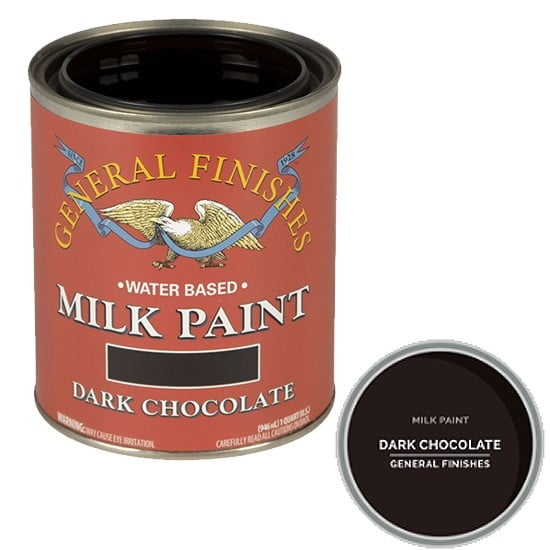 To level the surface, a rather thick layer of putty is applied, which is then sanded and primed. This is followed by the application of two to three coats of paint;
To level the surface, a rather thick layer of putty is applied, which is then sanded and primed. This is followed by the application of two to three coats of paint; - Local work requires great skill. While removing scratches and blisters is still simple (the surface is polished and waxed), then repainting individual segments is a very complex process. Usually, craftsmen take gas tank flap for a while in order to choose the paint of the desired color. If the work was done poorly, then the restored segments will resemble spots a tone darker or lighter than the main color scheme of the car.
Spare parts for renault master
Front brake disc
Spare parts for renault master
Fuel filter
Paint restoration can only be entrusted to highly qualified craftsmen. They will recognize the color coding of the car by looking at the manufacturer's catalog and take, as described above, the gas tank hatch.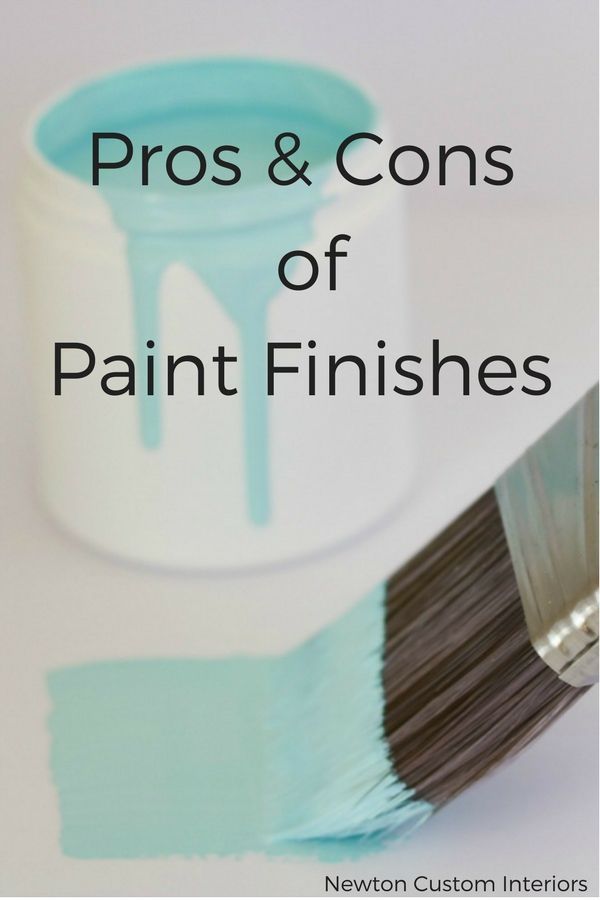 Their further work will be related to the application of anti-corrosion protection, puttying and priming the surface, applying paints and varnishes, as well as polishing.
Their further work will be related to the application of anti-corrosion protection, puttying and priming the surface, applying paints and varnishes, as well as polishing.
A tour of the brands
You can fix minor coating defects yourself. For this, there are car enamels in cans. Some of the best offer are these companies: HD-Body (Greece), Abro (USA), Duxone (Belgium). Car enamels are available in the widest color palette, give a lasting color and optimal gloss. They tolerate even extremely high temperatures very well.
The following companies offer everything you need for paint and varnish work: Standox (Germany), SIA (Switzerland), Reoflex (China), as well as the above-mentioned companies.
We do not recommend taking cheap analogues . A poor-quality coating wears out too quickly, does not always withstand exposure to high or low temperatures, and may turn out to be too matte or glossy.
Learning to buy a decent car
Surely many thought about whether to take a car at various car markets. According to statistics, there are more than a million accidents in the world every year. There is a 77% chance that the first car you look at has been in an accident. This means that its body parts were crumpled and then replaced / restored, the paintwork was also restored, electronics and individual components were completely replaced. Since we were talking about car paint, let's focus only on them.
According to statistics, there are more than a million accidents in the world every year. There is a 77% chance that the first car you look at has been in an accident. This means that its body parts were crumpled and then replaced / restored, the paintwork was also restored, electronics and individual components were completely replaced. Since we were talking about car paint, let's focus only on them.
It would seem that what is unusual about re-painting the body and then putting it up for sale? We explain: you can never be sure that corroded metal is not hiding under the paint, that the paint simply will not peel off, that it will serve you for a long time. Such "what" can be listed for a very long time. And most importantly: if the car was not properly worked on before the sale, there is no reason to believe that its condition was generally paid attention to during operation. As a result, you run the risk of buying a car that is half the price of a new one, and then paying off the saved half during the first year of driving for repairs.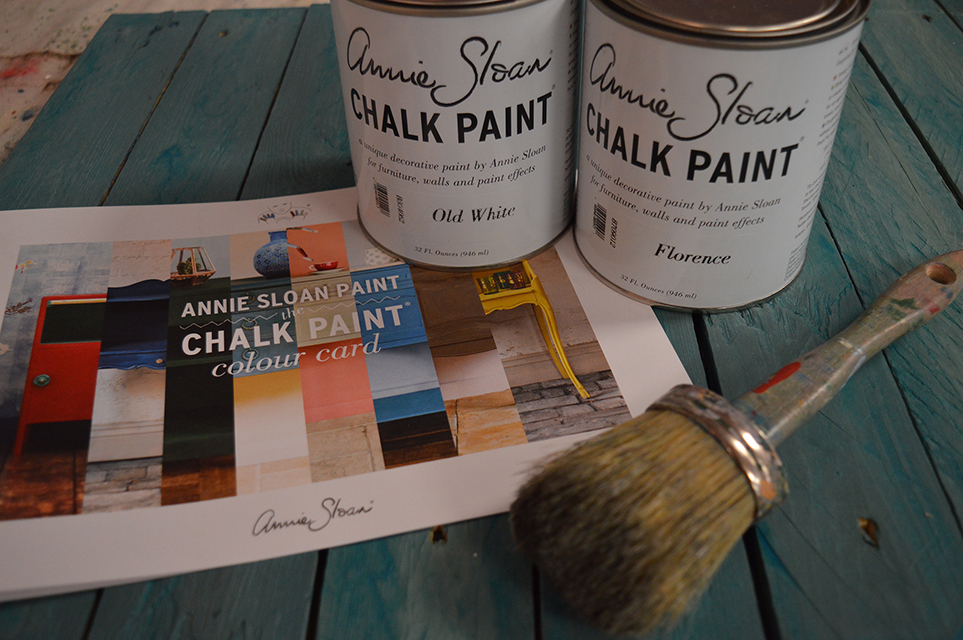
We strongly recommend that you keep the following things in mind when inspecting:
- The surface of a high mileage car is often polished just to sell it more effectively. Under all this beauty, defects can be hidden. Unscrupulous sellers may even ask a familiar master to apply paint without observing the technology, polish the surface and cover it with a thick layer of wax - it looks wonderful, but such a “shell” will simply crack after several hundred kilometers of driving;
- Paint thickness must be 75-165 µm . It depends on the class of car and the place of painting. For example, the thickest layer of paint is on the roof. Too much thickness, as it were, indicates a problematic place: that's where the repairs were carried out! The whole range of high-quality restoration work can cost as much as a new spare part, many drivers often carry out a replacement. What can not be said about some sellers: if a car falls into their hands after an accident, they rudely hide defects, invent its history and put it up for sale.
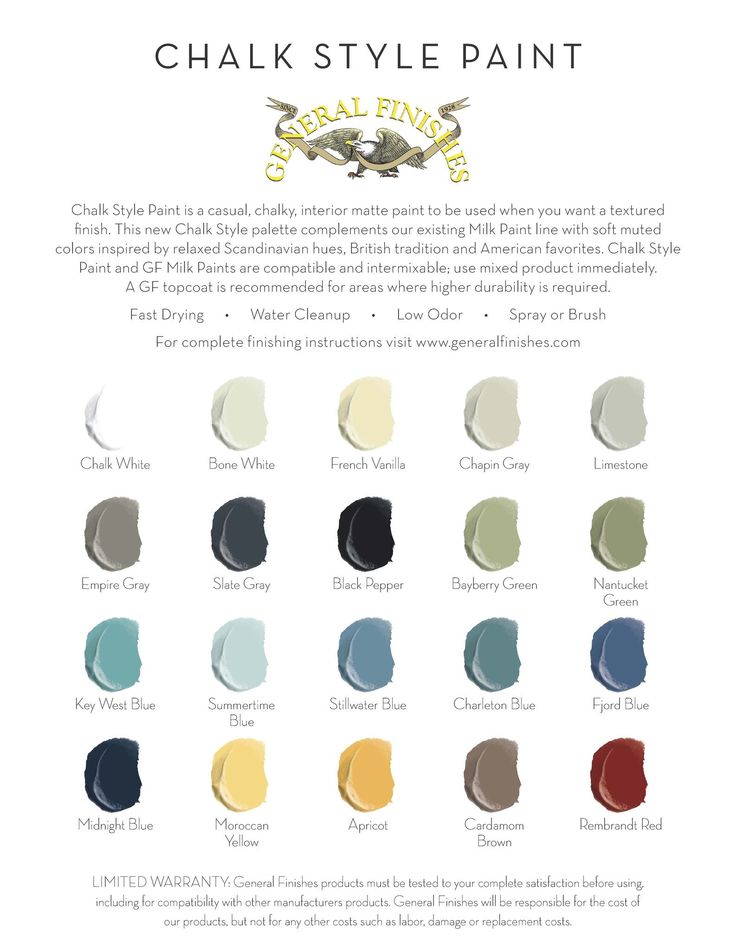 As a result: the supporting elements of an ideal-looking vehicle have the wrong geometry and do not guarantee handling and safety on the road. Get an electronic thickness gauge - it will be very useful to you.
As a result: the supporting elements of an ideal-looking vehicle have the wrong geometry and do not guarantee handling and safety on the road. Get an electronic thickness gauge - it will be very useful to you.
Do not forget to also pay attention to the condition of the welds (they are even and not conspicuous), as well as the gas tank hatch. If the seller is serious, even at the stage of repair, he followed the car in order.
Conclusion
Paintwork – is not only a design element of . This is its serious protection against many external threats and a kind of indicator. Having carefully studied the car, you can learn about its owner and about the features of operation in the past.
We do not recommend saving on paint and additional protection. Firstly, your iron horse will delight the eyes of you and passers-by for a long time. Secondly, the application of a new coating is an unusual situation in its own way and requires high costs, which can be avoided.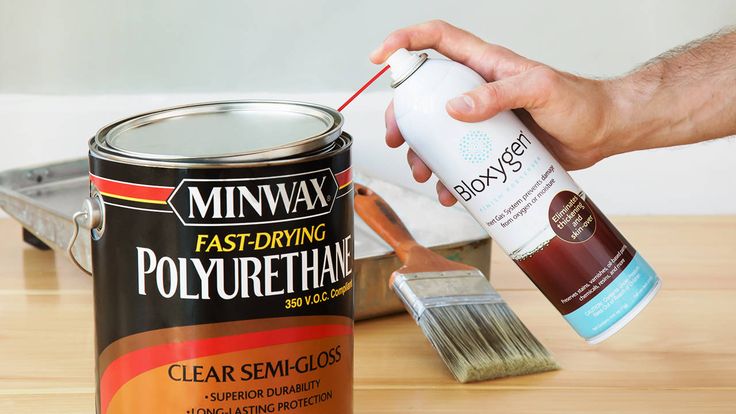 Bottom line: follow the rules of the road, use and store the machine, and you most likely do not have to puzzle over repairing damaged paint.
Bottom line: follow the rules of the road, use and store the machine, and you most likely do not have to puzzle over repairing damaged paint.
Types of paintwork - main classifications
German technologies and recipes
"TURY VALO OY"
MOSCOW
st. Radio d. Magnitogorskaya, 11A
tel./fax +7(812)438-07-23
Leave a request:
[email protected]
KAZAKHSTAN
ALMATY
st. Kazybaeva, 286B
tel./fax +7(701)111-29-81
Skip to content
Types of paint coatings - a huge variety.Why do you need paint coatings
They are used in the construction industry and provide protection from external factors, destruction, corrosion, premature wear, finish, improve fire properties. They are one or more layers of coatings that are applied to the surface and, when dried, form a film that performs not only an aesthetic, but also a protective function.
They are one or more layers of coatings that are applied to the surface and, when dried, form a film that performs not only an aesthetic, but also a protective function.
Basic classifications
- transparent - do not obscure the color or texture of the underlying surface or layer. For this, a varnish or other polymer is used, which is in its pure form. The most popular are silicone, urethane or acrylic varnishes, they cover wood products, as it retains its natural pattern and texture. They are also used to cover stone chips.
- opaque - cover the original color of the material. They are matte, with a pattern, one color or with a sheen. Such materials include compositions for painting works (wall, facade, floor, metal structures).
Also they are:
- shiny, they have several degrees of gloss. Their advantage is that they are easy to care for and dirt is not absorbed into the material.
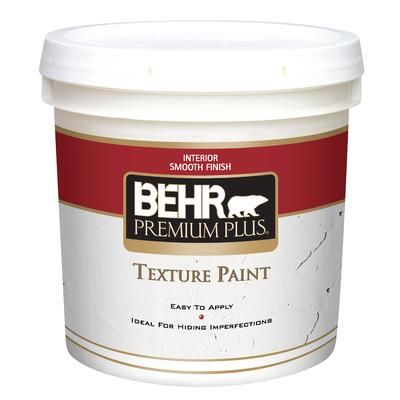 The ideal choice is semi-gloss enamel, which combines all the advantages. They are suitable for those surfaces that are often subjected to wet cleaning.
The ideal choice is semi-gloss enamel, which combines all the advantages. They are suitable for those surfaces that are often subjected to wet cleaning. - matte, without any shine. They are used to cover a product with small defects, because matte enamels mask irregularities well. Minus - roughness, so the product will be difficult to clean from contamination.
Types of paint coatings according to the nature of the surface to be coated are divided into:
- smooth;
- with roughness.
They are divided into two types, based on the reaction with moisture:
- not waterproof, their film dissolves under the influence of water and reduces its properties (paint compositions with lime, casein).
- are waterproof, characterized by a durable film that is not affected by moisture (enamels, compositions based on synthetic substances, varnishes).
Pretreatment